8 Types of Road Roller: Exploring the Uses & Differences
Road rollers are part of the critical equipment needed in infrastructure development. These equipment are made up of weighted drums attached to the front or rear part of the cabin. However, pneumatic rollers have air-filled tires instead of the drum.
Road rollers are used in construction to compact soil and other materials to required densities. Compaction is necessary to improve soil bearing capacities for the projected loads. In road construction, compaction is done on the base and subbase layers to strengthen them for the design traffic loads.
In structural constructure, road rollers are used to compact soil for stable foundations.
Overview of the various types of rollers to be discussed
There are various types of road rollers in the construction industry today. Each roller is designed to perform specific roles and deliver varied compaction results. Some of the common road rollers include smooth drum roller, padfoot roller, pneumatic roller, vibratory roller and static rollers. These are discussed in detail below.
Contents
Smooth Drum Roller
A. Definition and purpose
Smooth drum rollers are equipped with a weighted drum at the front or at the back. The drum has a consistent surface ensuring uniform distribution of compaction force. Smooth rollers are ideal for compacting granular material. It is also used to provide smooth surfaces in road construction thanks to the smooth drum surface.
B. Features and characteristics
Smooth drum road rollers feature a drum attached either at the front or back of a cabin. The cabin sits on top of an engine which generates the power to push or tow the drum over material under compaction. The cabin on this roller type sits on rubber tires making it easy to maneuver. It is equipped with a hydraulic steering system for easy control.
C. Applications and benefits
Smooth drum road rollers have two main applications; compaction of granular material and smoothening surfaces. The uniform weight distribution on the drum ensures particles are compacted to a uniform depth. In asphalt paving, smooth drum rollers ensure a level surface since the compaction force is uniformly distributed across the drum length.
D. Variations within smooth drum roller
- Static Smooth Drum Roller- This is a basic type of smooth drum roller that relies on its weight for compaction. It is typically used for compacting granular soils and asphalt. Static smooth drum rollers do not have vibration or oscillation features.
- Vibratory Smooth Drum Roller– These rollers are equipped with vibratory mechanisms that produce high-frequency vibrations. The vibrations help to achieve better compaction by reducing air voids in the soil or asphalt. Vibratory smooth drum rollers are efficient in compacting both granular and cohesive soils.
- Oscillating Smooth Drum Roller– Unlike traditional smooth drum rollers, oscillating rollers have a drum that can oscillate or move sideways. This side-to-side motion is beneficial for compacting cohesive soils. The oscillating action allows for better compaction of clay and silt-based soils.
- Combination Smooth Drum Roller– Combination rollers are versatile machines that combine the functions of a smooth drum roller and a pneumatic tire roller. These rollers have a smooth drum at the front and tires at the rear. They are suitable for compacting a wide range of materials, including granular soils, asphalt, and bitumen mixes.
Padfoot Roller
A. Definition and purpose
Unlike smooth drum rollers, padfoot rollers have a drum equipped with rectangular or polygonal pads (resembling the foot of a sheep), hence the name. These pads have protrusions or “feet” that create pressure points on the soil or material being compacted.
The main purpose of a padfoot roller is to compact cohesive soils, such as clay or silt, that are less responsive to smooth drum rollers. The pads on the drum penetrate the soil and apply pressure, kneading and compressing the material to achieve higher density. The protrusions on the pads help break up and mix the soil, ensuring uniform compaction and reducing the risk of soil settling or shifting.
B. Features and characteristics
Padfoot rollers feature a drum equipped with rectangular or polygonal pads, designed to compact cohesive soils. The pads have protrusions or “feet” that create pressure points, enabling effective compaction of clay and silt. These rollers are known for their ability to penetrate and knead the soil, achieving higher density and uniform compaction. They can be equipped with vibration or oscillation features for improved compaction efficiency. Padfoot rollers leave a textured surface on the soil, enhancing traction and preventing soil erosion.
C. Applications and benefits
Padfoot rollers have diverse applications in construction and compaction projects. They are particularly suitable for compacting cohesive soils like clay and silt. Padfoot rollers are commonly used in road construction, highway embankments, airport runways, and dam projects. The benefits of using padfoot rollers include improved load-bearing capacity, increased soil density, enhanced stability, and reduced risk of soil settling. They are also effective in compacting loose or low-density soil layers, improving overall soil compaction and ensuring long-term durability of the infrastructure.
D. Variations within padfoot roller
- Traditional Padfoot Roller-This type features a solid drum with rectangular or polygonal pads attached to its surface. The pads typically have feet or protrusions that create pressure points for effective compaction of cohesive soils. Traditional padfoot rollers are available in different sizes and configurations to accommodate various project requirements.
- Padfoot Roller with Blade Attachment– Some padfoot rollers can be equipped with a blade attachment at the front. This additional feature allows the roller to perform both compaction and leveling functions simultaneously. The blade attachment helps to distribute and level the material during the compaction process, making it efficient for certain types of construction projects.
- Vibratory Padfoot Roller– Similar to vibratory smooth drum rollers, vibratory padfoot rollers are equipped with a vibratory mechanism. The vibrations generated by the roller enhance compaction by reducing air voids and improving soil density. Vibratory padfoot rollers are particularly effective in compacting cohesive soils, offering increased compaction efficiency and productivity.
Pneumatic Roller
A. Definition and purpose
Pneumatic rollers are equipped with rubber tires instead of a solid drum. These tires are filled with air and can be adjusted to varying pressures. The purpose of pneumatic rollers is to compact asphalt and other materials by exerting even pressure across the surface. They are commonly used in road construction and maintenance projects, providing excellent compaction results while also offering the advantage of kneading and sealing the asphalt surface.
B. Features and characteristics
Pneumatic rollers feature a set of rubber tires filled with air, providing flexibility and adjustability in terms of tire pressure. This allows for precise control over compaction levels. The tires typically have a chevron or smooth tread pattern to provide traction and prevent surface damage. Pneumatic rollers often have multiple axles and can be articulated for improved maneuverability. They may also incorporate water sprinkler systems to prevent material sticking. These rollers are versatile, efficient in asphalt compaction, and can achieve uniform compaction across varying surface types and thicknesses.
C. Applications and benefits
Pneumatic rollers have various applications in construction and compaction projects. They are commonly used in road construction, highways, airports, and parking lots for compacting asphalt layers. The benefits of pneumatic rollers include their ability to provide uniform compaction across different surface types and thicknesses. They offer excellent traction, ensuring efficient compaction even on irregular surfaces. Pneumatic rollers also help in sealing the asphalt, improving its durability and preventing moisture penetration. Their adjustable tire pressure allows for versatility in achieving desired compaction levels.
D. Variations within pneumatic roller
- Rubber Tire Roller– This is the most common type of pneumatic roller, equipped with rubber tires. It provides excellent traction and compaction on asphalt surfaces.
- Combination Roller– Combination rollers combine the functions of a pneumatic roller and a smooth drum roller. They have rubber tires at the front and a smooth drum at the rear, allowing for versatile compaction of various materials.
- Multi-Wheel Roller– Multi-wheel rollers have multiple sets of tires, providing increased compaction efficiency and higher coverage area.
Vibratory Roller
A. Definition and purpose
Vibratory rollers could be smooth drum or padded. However, this class of rollers equipped with a vibrating drum. Its purpose is to compact various materials such as soil, gravel, and asphalt. The vibratory mechanism generates high-frequency vibrations that enhance compaction by reducing air voids and improving density. Vibratory rollers are commonly used in road construction, paving, and compaction projects to achieve greater compaction efficiency and improved surface stability.
B. Features and characteristics
The drums on vibratory rollers are fitted with suspended weights. These weights vibrate when triggered; the vibration is then transferred to the drum and the soil under compaction. The vibration frequency can be controlled from the cabin to give varied degrees of compaction. Other controls and maintenance practices are similar to those of smooth drum rollers and padfoot rollers.
C. Applications and benefits
Vibratory rollers have diverse applications in construction and compaction projects. They are commonly used for compacting soil, gravel, and asphalt in road construction, highway maintenance, and various paving projects. The benefits of using vibratory rollers include improved compaction efficiency, increased density, enhanced load-bearing capacity, and reduced risk of material settling. They contribute to the longevity and stability of infrastructure by ensuring proper compaction and uniformity of the compacted surfaces.
D. Variations within vibratory roller
- Double Drum Vibratory Roller- This type has vibrating drums at the front and rear, ideal for compacting soil and asphalt surfaces.
- Single Drum Vibratory Roller– These rollers have a vibrating drum at the front and are typically used for larger-scale compaction projects.
- Tandem Vibratory Roller- Tandem rollers have two vibrating drums, providing increased compaction efficiency and improved surface smoothness.
- Combination Vibratory Roller– These rollers combine the functions of a vibratory roller and a pneumatic tire roller, offering versatility for various materials and compaction requirements.
Tamping Roller
A. Definition and purpose
Like a padfoot roller, tamping rollers have a drum equipped with rectangular or polygonal pads with feet. The purpose of a tamping roller is to compact cohesive soils, such as clay or silt. The pads penetrate the soil, creating pressure points and achieving higher density compaction compared to smooth drum rollers.
B. Features and characteristics
A tamping roller typically features a heavy-duty frame and a drum equipped with rectangular or polygonal pads with protruding feet. The pads create pressure points that penetrate and compact cohesive soils effectively. The roller may have adjustable pad foot pressure to accommodate different soil conditions. Tamping rollers are known for their ability to achieve high-density compaction, break up soil clumps, and provide stability in cohesive soil compaction projects.
C. Applications and benefits
The applications and benefits of a tamping roller are similar to those of padfoot rollers. These include; improved load-bearing capacity, increased soil density, enhanced stability, and reduced risk of soil settling. They are also effective in compacting loose or low-density soil layers, improving overall soil compaction and ensuring long-term durability of the infrastructure.
D. Variations within tamping roller
- Traditional Tamping Roller– This type features a solid drum with rectangular or polygonal pads. The pads have protruding feet for effective compaction of cohesive soils.
- Tamping Roller with Blade Attachment– Some tamping rollers can be equipped with a blade attachment at the front. This allows for simultaneous compaction and leveling of the material.
- Vibratory Tamping Roller– Vibratory tamping rollers incorporate a vibration mechanism to enhance compaction efficiency and reduce air voids in cohesive soils.
Combination Roller
A. Definition and purpose
A combination roller combines the features of a smooth drum roller and a pneumatic tire roller. Its purpose is to provide versatility in compacting various materials, including soil, gravel, and asphalt. The combination roller offers the benefits of both types of rollers, allowing for efficient and effective compaction in different construction projects.
B. Features and characteristics
The combination roller features a smooth drum at the front and pneumatic tires at the rear. The smooth drum provides effective compaction of soil and asphalt, while the pneumatic tires offer increased flexibility and traction. Combination rollers often have adjustable tire pressures, allowing for optimal compaction on different surfaces. They are versatile, maneuverable, and suitable for a wide range of compaction applications in construction projects.
C. Applications and benefits
Combination rollers have diverse applications in construction projects, including compacting soil, gravel, and asphalt. The benefits of using combination rollers include versatility in handling various materials, improved compaction efficiency, enhanced traction, and the ability to achieve different levels of compaction by adjusting tire pressures. They offer flexibility and efficiency in compacting different surfaces and materials.
D. Variations within combination roller
- Smooth Drum Front, Pneumatic Tire Rear– This is the most common configuration, with a smooth drum at the front for soil and asphalt compaction, and pneumatic tires at the rear for added flexibility and traction.
- Adjustable Drum Configuration– Certain combination rollers allow for interchangeable drum configurations, enabling operators to switch between smooth, padfoot, or other specialized drums based on the compaction requirements of different materials.
Grid Roller
A. Definition and purpose
A grid roller consists of a cylindrical drum with square or rectangular grid patterns. The purpose of a grid roller is to provide high-pressure compaction and create a stable foundation, particularly in areas with poor soil conditions or low load-bearing capacity.
B. Features and characteristics
A grid roller features a cylindrical drum with square or rectangular grid patterns. The grid patterns consist of protruding “feet” that create pressure points for effective compaction. The drum is often segmented into sections to allow flexibility and adaptability to varying terrain. Grid rollers are typically heavy and sturdy, with the ability to apply high compaction forces. They are designed to provide deep and uniform compaction, making them suitable for stabilizing soft soils and improving load-bearing capacity in construction and road-building projects.
C. Applications and benefits
Grid rollers are commonly used to compact and stabilize soft or loose soils, particularly in areas with low load-bearing capacity. The benefits of using grid rollers include improved soil density, increased load-bearing capacity, enhanced stability, and reduced settlement. Grid rollers are effective in creating a strong foundation for roadways, embankments, and other structures, ensuring long-term durability and performance.
D. Variations within grid rollers
- Rigid Grid Roller– This type has a solid drum with grid patterns, providing high compaction forces for stabilizing soft soils.
- Articulated Grid Roller– An articulated grid roller consists of multiple sections that can be independently controlled. This allows for better adaptability to uneven terrain and improved maneuverability.
Trench Roller
A. Definition and type
Trench rollers are used for compacting soil in narrow trenches and confined spaces. They are designed with a narrower frame and a remote-control system for safe operation. The purpose of trench rollers is to achieve effective compaction in trenching and utility line installation projects. Their compact size and maneuverability allow for efficient compaction in tight spaces where larger rollers cannot reach.
B. Features and characteristics
Trench rollers typically feature a compact design with a narrow frame, allowing them to fit in tight spaces and trenches. They are equipped with heavy-duty drums and provide high compaction forces. Trench rollers often have a remote-control system for safe and convenient operation. They may include features like articulated frames for enhanced maneuverability and adjustable vibration settings to adapt to different soil conditions.
C. Applications and benefits
Trench rollers are commonly used in utility line installations, pipeline construction, and sewer line projects. The benefits of using trench rollers include efficient compaction in tight spaces, improved soil density, increased stability of trench walls, and reduced risk of trench collapse. Trench rollers also offer maneuverability, versatility, and safety features such as remote-control operation, ensuring effective and safe compaction in challenging work environments.
D. Variations within the trench roller
- Rammer Trench Rollers– These compact machines are manually operated and ideal for smaller trenches, offering high compaction forces through vertical impacts.
- Ride-On Trench Rollers– These larger machines feature a seat for the operator and are suitable for larger-scale projects, providing efficient compaction in wider trenches.
- Remote-Controlled Trench Rollers– These models allow for safe operation from a distance, providing flexibility and maneuverability in confined spaces.
Conclusions
There are several types of road rollers. The choice of road roller to be used in a construction project should be guided by project requirements and other technical considerations. The common types of rollers include smooth-drum roller, padfoot rollers, pneumatic rollers, vibratory rollers, and trench rollers.
Looking at further classification of the above types of rollers help in achieving the best compaction results. The versatility of roller types is essential in all industries with need for compaction.
The diverse types allow compaction of all types of material and applications ranging from construction to waste management
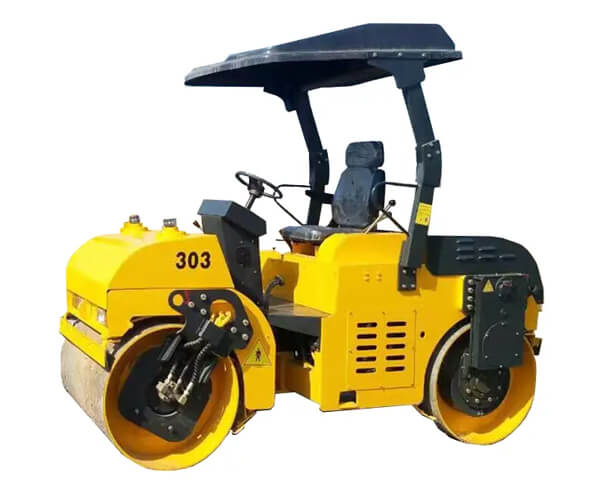
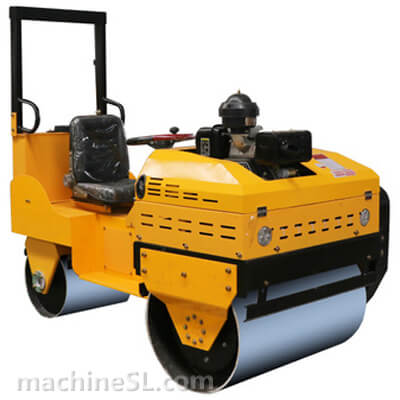
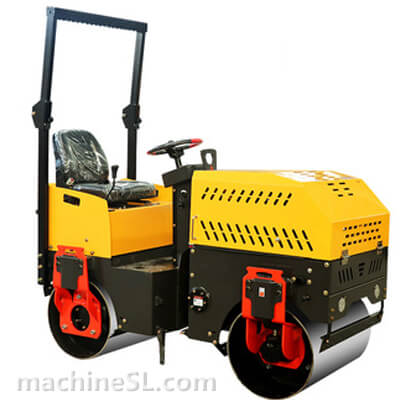
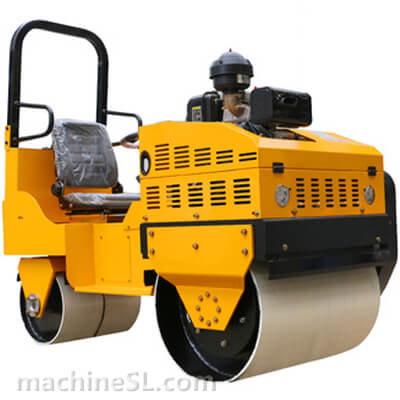
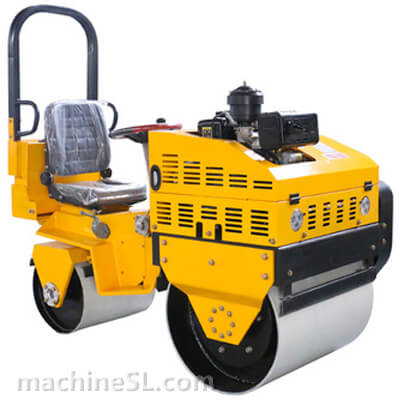
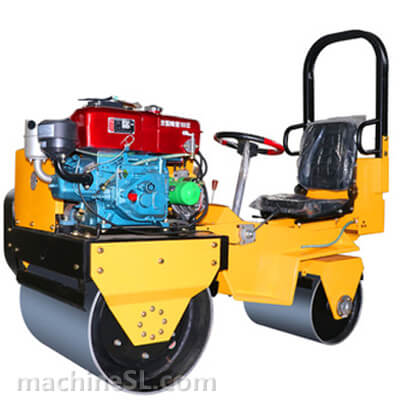
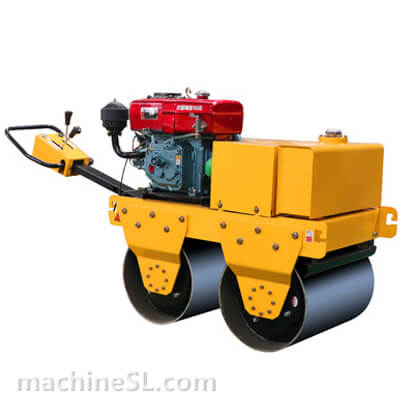
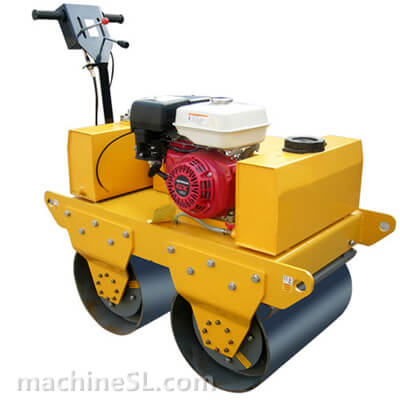
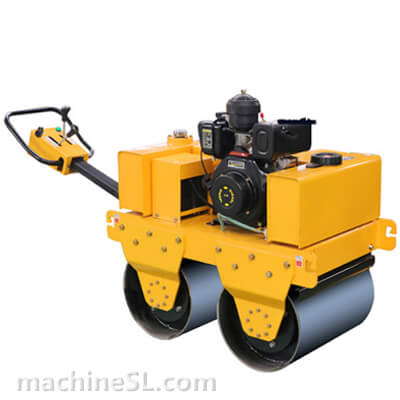
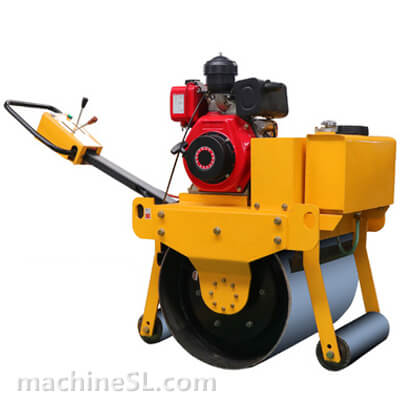
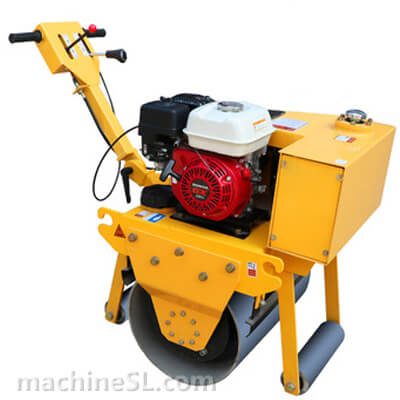
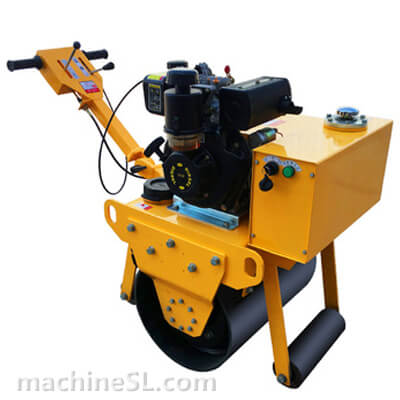
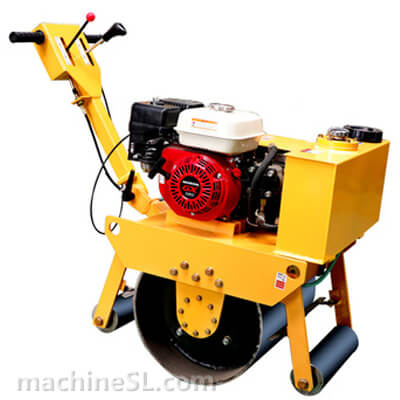
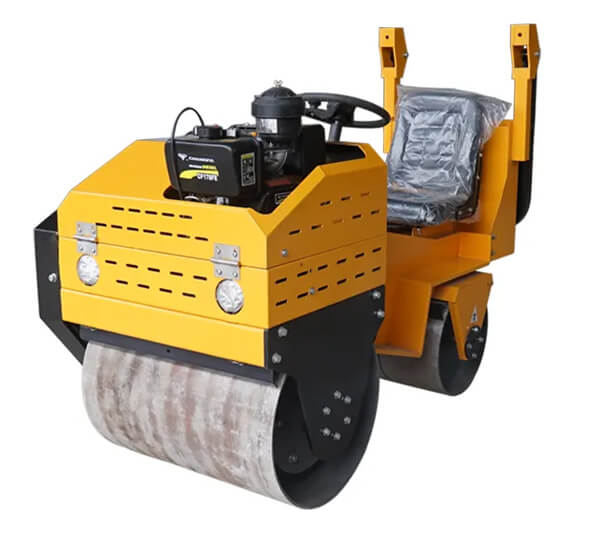
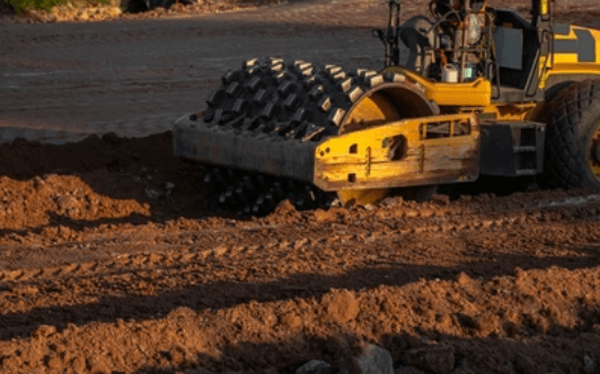
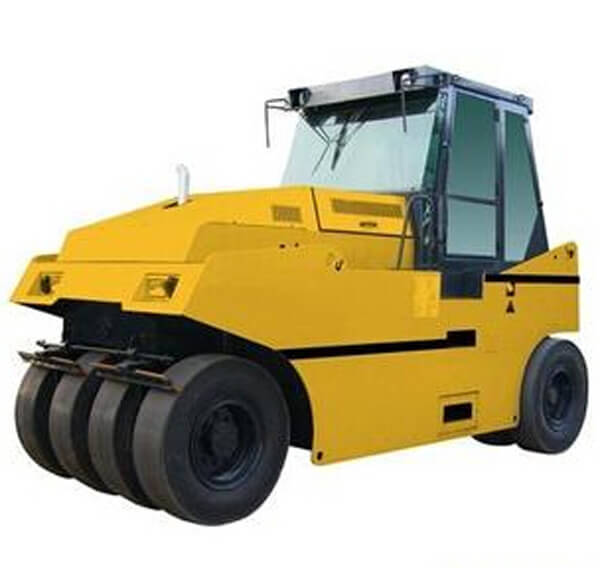
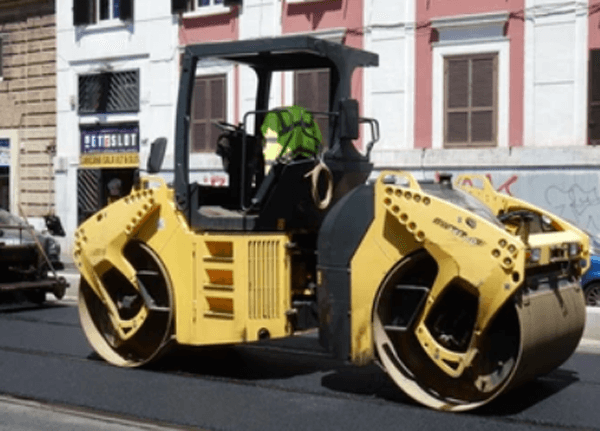
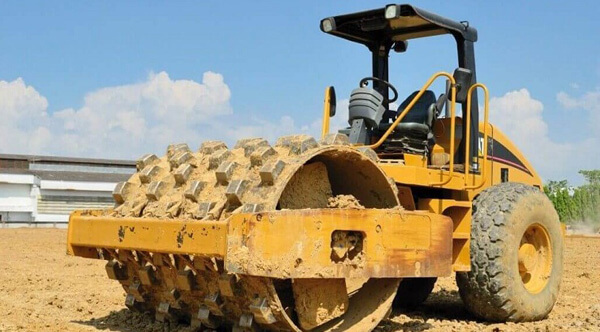
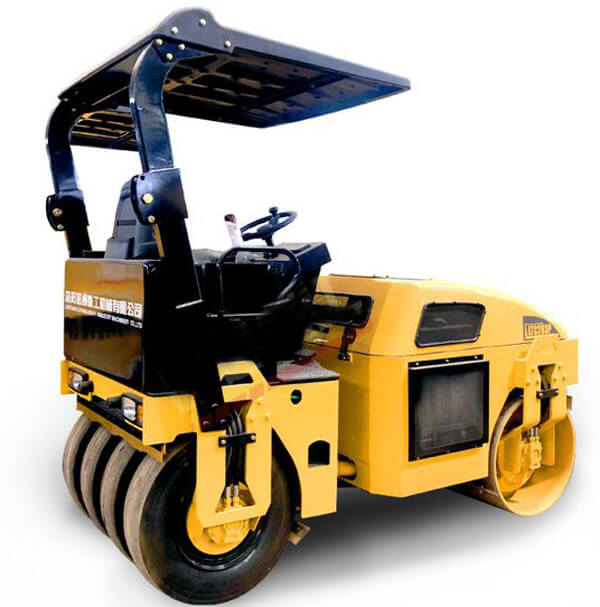
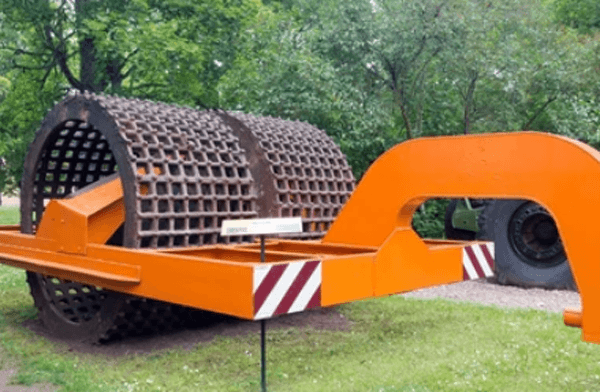
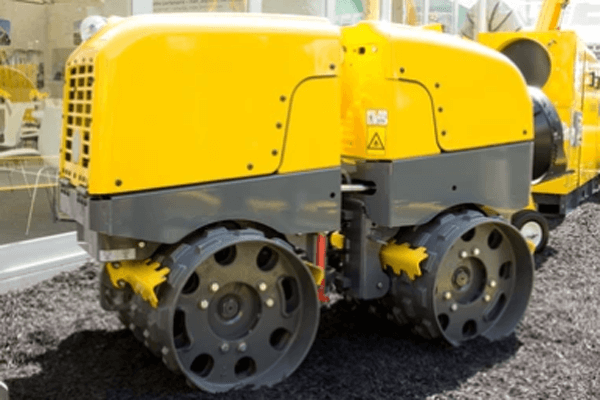

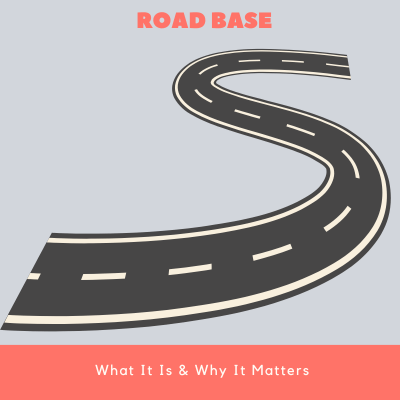

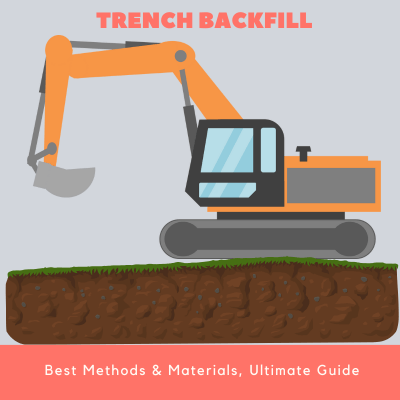
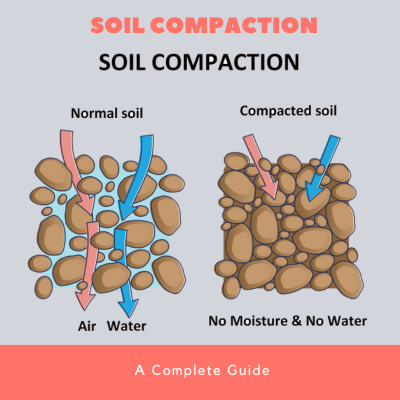
Leave A Comment